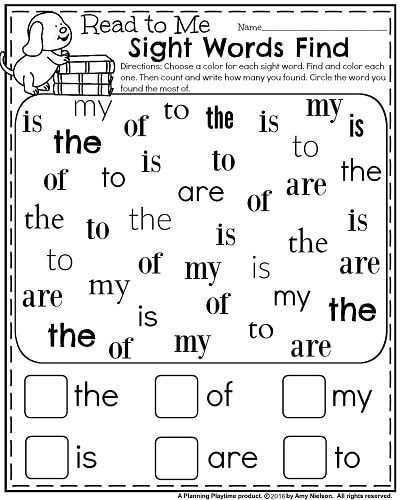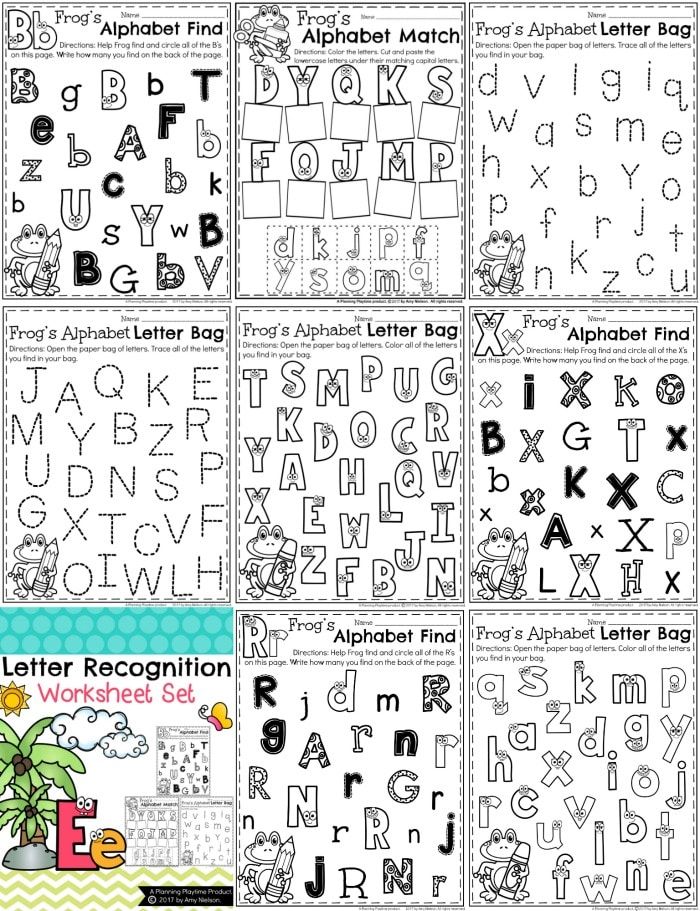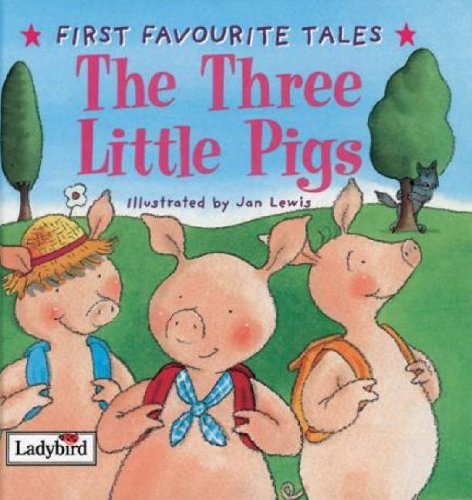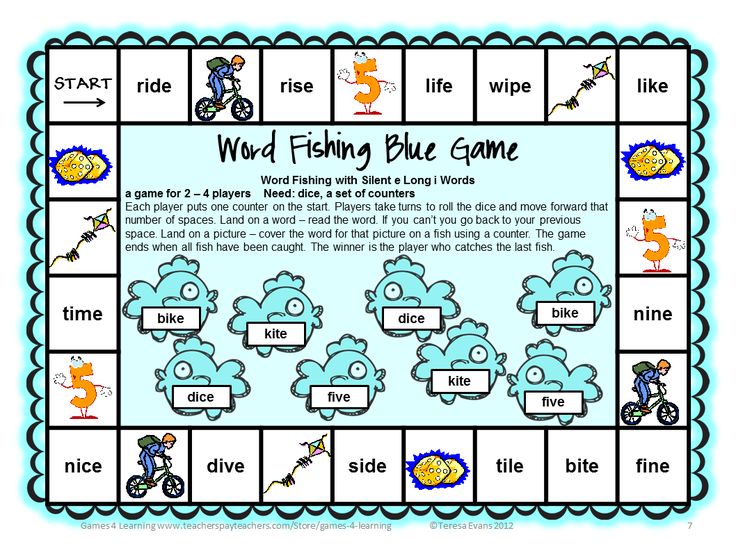Why is print awareness important
What Is Print Awareness And Why Is It Important For Young Learners?
Print awareness is a component of reading and writing that we rarely think much about. Instead we tend to focus on the alphabet, spelling, or phonemes. But just as these concepts are essential for early literacy, so is print awareness.
What Is Print Awareness?
Print is everywhere around us. From the books, newspapers, and magazines we read to road signs and billboards we see as we travel the streets to labels on cans in our kitchens, print is omnipresent.
Print awareness helps us interpret all this information. Without it, we’d be stuck in a world filled with lots of letters and words that are neither here nor there.
A child with print awareness notices the print around them and so much more.
They also understand the structure of print (in English, we read from left to right and from the top of the page to the bottom) and that printed words have varying functions (a book tells a story, a restaurant menu tells you what you can expect at that restaurant, road signs help guide drivers, etc. ).
You can say that print awareness helps us interpret the print we come across in our everyday lives and it is an essential pre-reading concept for children to grasp.
Of course, this understanding doesn’t happen overnight. Beginning at around two years old, your child will start to become more and more familiar with the purpose of books and how books and other reading materials function.
Why Is It Important?
Print awareness helps a child understand that written words communicate just as spoken words do — that you can say the words that are written down and that every word you say can, likewise, be written. This is not something a child is born understanding.
As children are introduced to different books and stories at school and at home, they may initially think of print and spoken words as two separate entities. However, with more exposure, the concept grows and becomes more sophisticated.
This is something that’s easy to take for granted. Consider this fact: Written language as a way to express and record our thoughts is only about 5,000 years old.
Humans, therefore, existed for hundreds of thousands of years without print. In other words, reading is not something humans are born knowing how to do.
In addition to grasping the connection between printed words and spoken words, print awareness helps children understand:
- How to hold a book, turn pages, read from the front of the book to the back of the book and from left to right
- That print is a source of information and enjoyment
- That different prints have different functions — a book tells a story, a recipe gives directions for cooking, and so on.
By now, we hope you’ve realized the importance of print awareness in early childhood literacy. Without it, learning to read can become a challenge for kids of any age.
How do you know if your emerging reader has mastered print awareness? Let’s take a look.
Checking Your Child’s Print Awareness
While reading at home with your child, you can make a few observations to discover if they’ve developed print awareness. Here are some things to look for:
Here are some things to look for:
- They are able to show you the title of a book
- They help you turn the pages
- They point to a word and ask, “What does that say?”
- They express an interest in writing their own name
While engaging with print helps develop print awareness, that is not the only way for children to learn this skill. You can also practice print awareness throughout the day — without it feeling like a chore!
For example, you might say a sentence and ask your child how many words are in that sentence. For example, after saying, “Let’s have dinner,” ask them, “How many words was that?”
After print awareness has been established, you can also get into the habit of helping your child understand different punctuation marks. For example, when you see an exclamation mark, point to it and explain that it tells you to read in an excited voice.
4 Ways To Help Your Child Develop Print Awareness
Now that you understand what print awareness is and why it matters, here are a few tips to help your young learner develop this essential literacy skill.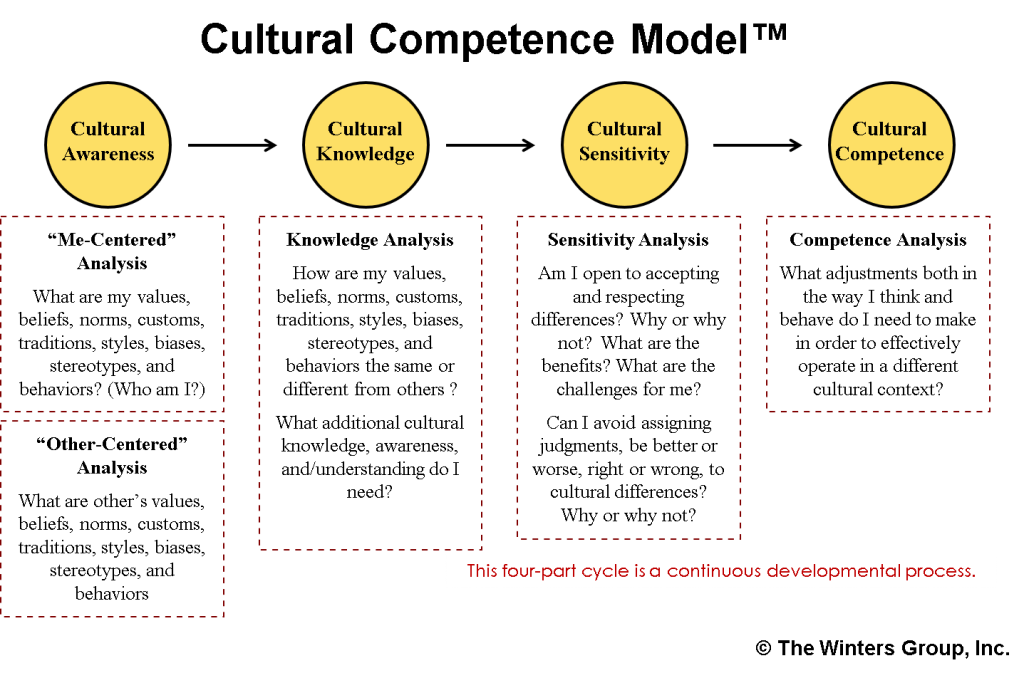
1) Read Books Regularly
There isn’t enough space in this article to fully explain the importance of reading books to children. But, in a nutshell, reading to children is the single most valuable action you can take to help them become enthusiastic readers.
Reading aloud helps children develop listening and language skills. It also helps expand their understanding of the world around them and stimulates their imaginations. Plus, there’s the fact that it can help improve their reading and spelling skills.
As you can see, reading offers some incredible benefits for kids (and adults), and the younger they start the better. Try to set aside a few minutes a day to read to and with your child.
While you’re reading, you can also do certain small things to help with print awareness. For example, run your finger under a sentence as you read it, and point out the title and author of the book, and let your child turn the page.
2) Teach The Alphabet
Teaching the alphabet doesn’t have to be reserved for school. You can help your child learn the alphabet anytime!
You can help your child learn the alphabet anytime!
There are plenty of ways to make learning the alphabet more exciting while learning at home. You can:
- Read alphabet books
- Sing the alphabet song
- Use playdough to create letter shapes
These are just a few ideas. The sky’s the limit! The more you familiarize your child with the alphabet, the more comfortable they will be as they start reading themselves.
3) Write For Pretend Play
While reading books helps introduce young learners to print awareness as an essential part of stories, pretend play can help expand this essential skill.
Going grocery shopping later today? Ask your child to help you write down the grocery list. Baking something new over the weekend? You’ll need a recipe for that, and who better to help you write that than your young learner?
And don’t forget to make it fun! Our Mail Adventure Printables are a great way to encourage writing as part of pretend play.
4) Read Other Types Of Print
So often, we focus on reading books for print awareness. Of course, books are essential, but you can also help your emerging reader develop print awareness while going about your everyday life if you’re intentional about it.
For example:
- If you’re at a restaurant, read the menu to your child
- If you’re waiting for your turn at the doctor’s office, let your child flip through a magazine (that’s age-appropriate, of course!)
- While driving or walking, show them that the stop sign and what it means
- Before entering a store, point out how the sign on the store tells you what you can find inside
- Before playing a game, read the instructions to show that they help you play the game correctly
Avoid making these interactions “lessons.” Rather, think of it as simply verbalizing what you would normally internalize.
For instance, “There’s a stop sign. I better stop,” “I need the can that says ‘chicken soup’,” or “Look, peanut butter is on sale today!”
Try to make the interactions natural, not forced.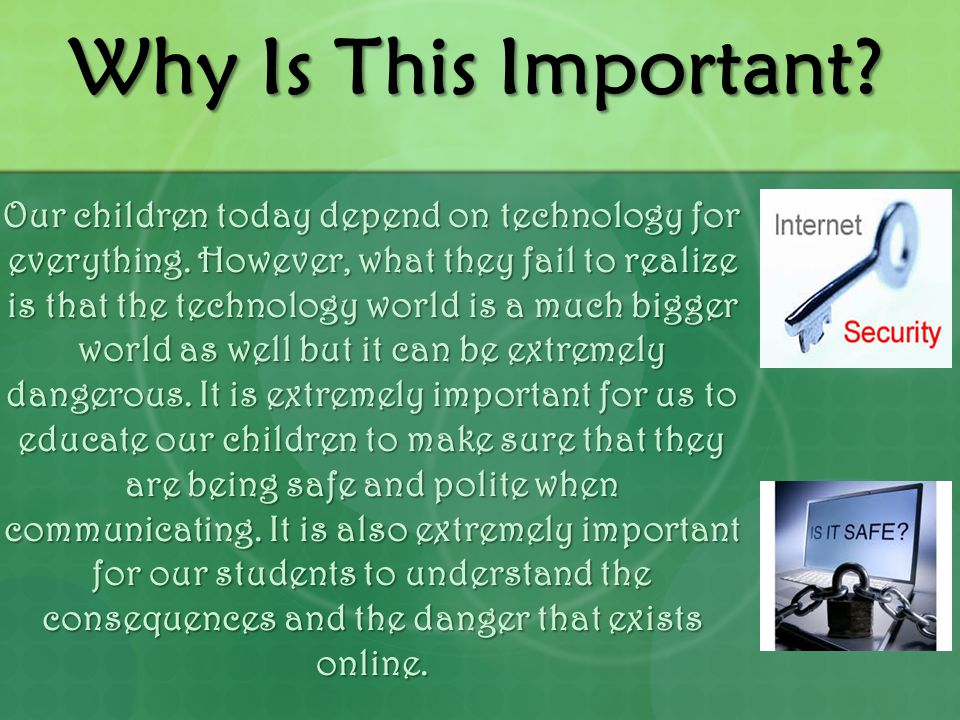 When you do, your child will pick up a lot of skills from observing how you handle different types of print.
When you do, your child will pick up a lot of skills from observing how you handle different types of print.
Reading And Writing Begins With The Basics
Here’s the good news: Children grasp many concepts quickly. Just a few times of watching you read from left to right on a page and they’ll start doing the same. Their absorbent minds are watching and taking in all that’s happening around them!
This means that print awareness isn’t really a complicated skill to teach but, rather, one that you can help develop in your child as they experience everyday life.
Helping to establish print awareness is one of the many focal points of Homer’s Learn & Grow App. In addition, the app helps build confidence, promote problem-solving skills, and foster a lifelong love of learning.
As children get older, they’ll need to do more reading, writing, text interpretation, and so much more. Let us help you lay a firm foundation so your young learner can thrive through these stages!
Author
Print Awareness: An Introduction | Reading Rockets
Children with print awareness can begin to understand that written language is related to oral language. They see that, like spoken language, printed language carries messages and is a source of both enjoyment and information. Children who lack print awareness are unlikely to become successful readers. Indeed, children's performance on print awareness tasks is a very reliable predictor of their future reading achievement.
They see that, like spoken language, printed language carries messages and is a source of both enjoyment and information. Children who lack print awareness are unlikely to become successful readers. Indeed, children's performance on print awareness tasks is a very reliable predictor of their future reading achievement.
Most children become aware of print long before they enter school. They see print all around them, on signs and billboards, in alphabet books and storybooks, and in labels, magazines, and newspapers. Seeing print and observing adults' reactions to print helps children recognize its various forms.
The ability to understand how print works does not emerge magically and unaided. This understanding comes about through the active intervention of adults and other children who point out letters, words, and other features of the print that surrounds children. It is when children are read to regularly, when they play with letters and engage in word games, and later, when they receive formal reading instruction, that they begin to understand how the system of print functions; that is, print on a page is read from left to right and from top to bottom; that sentences start with capital letters and end with periods, and much, much more.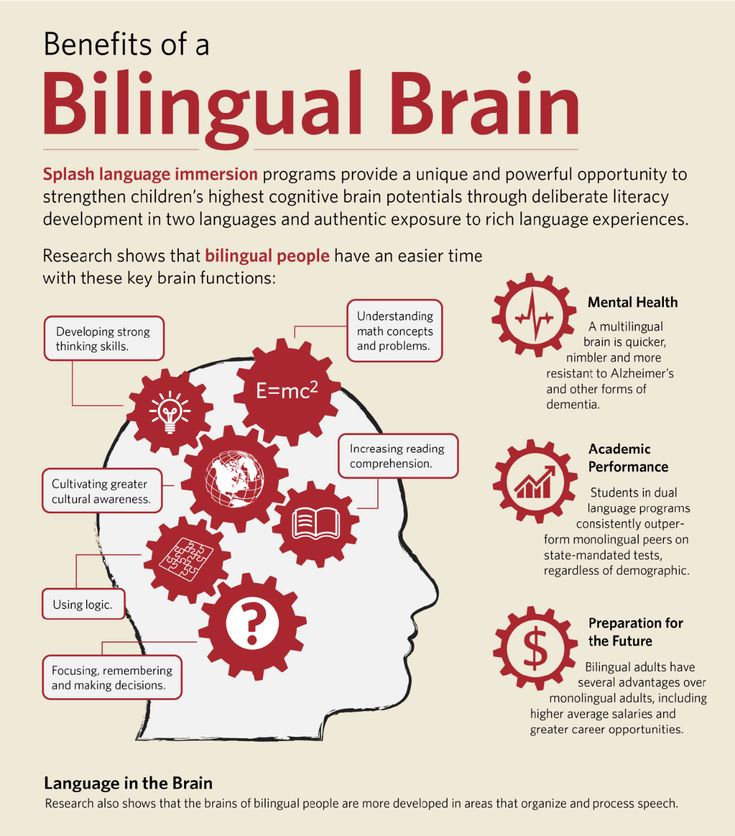
As they participate in interactive reading with adults, children also learn about books author's and illustrators names, titles, tables of content, page numbers, and so forth. They also learn about book handling how to turn pages, how to find the top and bottom on a page, how to identify the front and back cover of a book, and so forth. As part of this learning, they begin to develop the very important concept "word" that meaning is conveyed through words; that printed words are separated by spaces; and that some words in print look longer (because they have more letters) than other words.
Books with predictable and patterned text can play a significant role in helping children develop and expand print awareness. Typically these books are not decodable that is, they are not based on the sound-letter relationships, spelling patterns, and irregular/high frequency words that have been taught, as in decodable texts. Rather, predictable and patterned books, as the names implies, are composed of repetitive or predictable text, for example:
Two cats play on the grass.
Two cats play together in the sunlight.
Two cats play with a ball.
Two cats play with a toy train.
Two cats too tired to play.
Most often, the illustrations in such books are tied closely to the text, in that the illustrations represent the content words that change from page to page.
As they hear and participate in the reading of the simple stories found in predictable and patterned books, children become familiar with how print looks on a page. They develop book awareness and book-handling skills, and begin to become aware of print features such as capital letters, punctuation marks, word boundaries, and differences in word lengths.
Awareness of print concepts provides the backdrop against which reading and writing are best learned.
Safety Awareness: 6 Confounding Factors
It is essential that your employees aware of information security issues. As a result, the role of security tools provided by the employees themselves. Today, many researchers point out that the biggest cause of violations and security incidents. Latest data International Association of Privacy Professionals (International Association of Privacy of Privacy Professionals - IAPP) show that the most common reasons for unauthorized access to confidential data are unintentional errors.
Today, many researchers point out that the biggest cause of violations and security incidents. Latest data International Association of Privacy Professionals (International Association of Privacy of Privacy Professionals - IAPP) show that the most common reasons for unauthorized access to confidential data are unintentional errors.
Security Awareness programs can minimize the risk of user error. According to the InfoSec Institute, 50 percent of Internet users receive at least one phishing letter a day. In one study cited by the InfoSec Institute, about 26-45% employees have been phished. Through the implementation of a security program this percentage has dropped by 75 percent.
Report, the recently released Sans shows that while overall this field is still quite immature, several positive advances have been made in recent years. From answers 1,718 security professionals worldwide 67 percent have support guidance they need to run and maintain their programs. and 85 percent report that their work has a positive impact on safety their organizations.
and 85 percent report that their work has a positive impact on safety their organizations.
However, the report also states that that there are several factors hindering the maturity of the awareness program. These so-called "blockers" are what keep companies from trustworthy software. to keep users up to date with current and emerging threats.
What gets up on the path to awareness?
According to SANS, these are some of the factors awareness.
Cost
Of course, lack of funding is a problem not only for security awareness, but also for security programs generally. To make the case for investing in an awareness program about security, security managers must carefully consider what is important for ROI for their particular organization, and find a way to justify this is.
"Professionals involved in security issues, these costs need to be better managed by demonstrating not only their impact, but also the value of this impact for the entire organization and its mission,” notes in the report. “This may include cost analysis due to past violations, costs non-compliance with regulatory requirements and cost requirements due to safety requirements any partner or client."
“This may include cost analysis due to past violations, costs non-compliance with regulatory requirements and cost requirements due to safety requirements any partner or client."
Transactions
Because they can affect transactions, information programs should be simplified to minimize disruptions. They may include the cost of wasted time, compulsory curriculum policies and complexity, related to the work of the programs themselves, according to SANS.
“In order to solve common problems related to with operating costs and failures, two actions need to be considered.” noted in the report. “First, simplify outreach programs where possible, to minimize the operational impact on the organization. It includes minimizing the topics you focus on that have the most impact. Second, involve the task force from the very beginning of the planning process and consider adding them to your advisory board."
Time
The report indicates that the lack of staff is the No.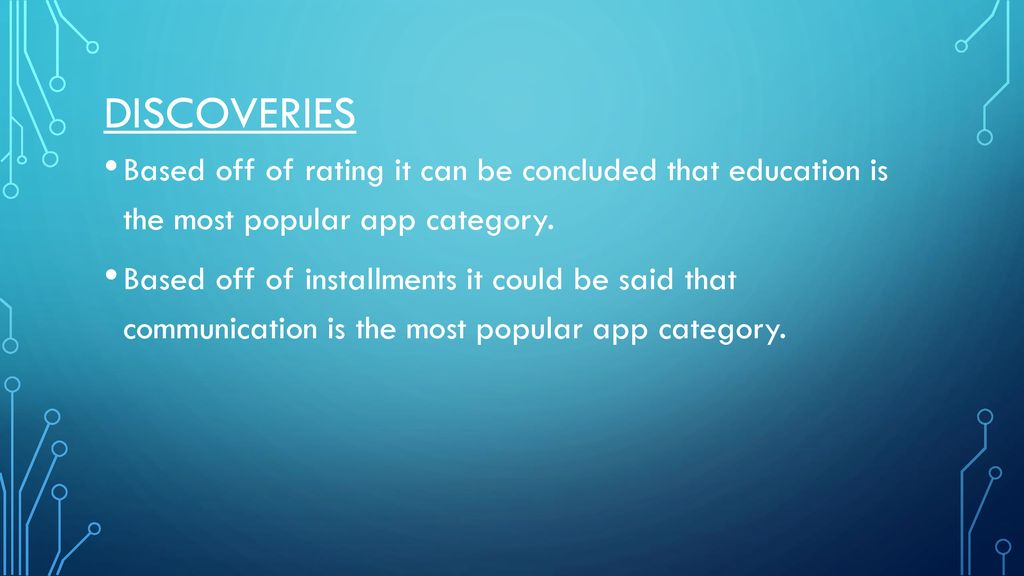 1 problem faced by organizations implementing programs raising awareness. Over 80 percent of respondents reported spending less than half of their time on awareness programs, and most organizations attribute safety awareness to part-time work. The report says awareness is clearly not prioritized over other traditional security roles such as incident response, security operations centers and endpoint security.
1 problem faced by organizations implementing programs raising awareness. Over 80 percent of respondents reported spending less than half of their time on awareness programs, and most organizations attribute safety awareness to part-time work. The report says awareness is clearly not prioritized over other traditional security roles such as incident response, security operations centers and endpoint security.
“Given the general increase in the number of incidents safety related to human error, a tendency towards understaffed safety awareness programs is particularly relevant,” note the authors of the report.
Miscommunication
If a company is lucky enough not to encountered a breach or incident (yet), there may be a distinct lack of understanding the need for education to raise awareness. The report suggests use internal incidents and known near-miss events with human component to convey to people the idea of the need for awareness training.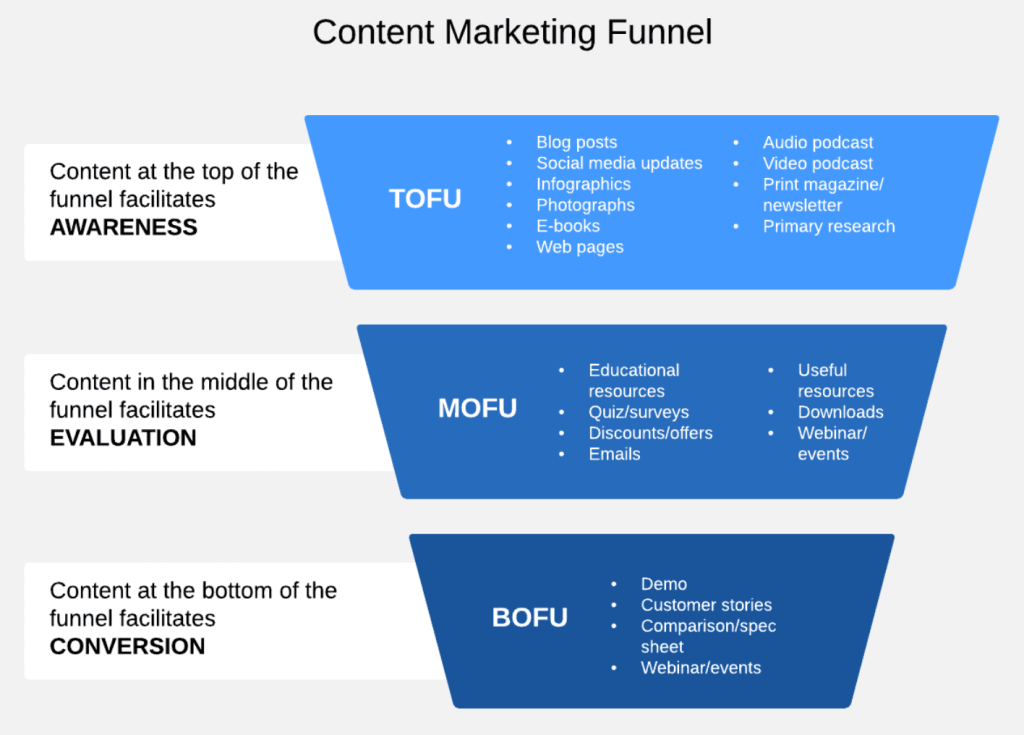
"You can use them as a training moment to show how basic awareness training programs about cybersecurity can help mitigate problems and are needed to close gaps, which cannot provide security technologies,” the authors of the report note.
Absence compelling metrics
Even with program investment, if the outreach team will not be able to offer examples of how training helps, the program will stop. The report suggests that awareness raising managers allocated a certain amount of time each month to collect and communicate with management about the impact/importance of the awareness program.
“A good starting point is 4 hours per month. This does not mean that you spend 4 hours every month talking to management. This means you spend 4 hours a month collecting data and success stories that demonstrate the impact of your program on the production of an executive report or presentation, which, in a business sense, reflect your leaders and what your program does.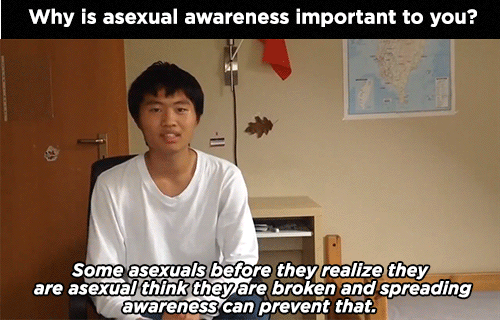 ”
”
Defect leadership
No support from key management the outreach program is in jeopardy. As noted in the report, the distribution resources, program implementation, identification of key program objectives and general awareness programs all depend on support from top management. The data shows a clear correlation between leadership support and maturity of the program.
When working with a manager who is “blocker”, the report recommends including in the position of a manager who is the champion of the program, and see if they have any suggestions how to communicate the value of safety awareness to other leaders.
“Ultimately, the more support provided top-down communication program, the more likely it is to be able to suggest consistent cultural change,” the report notes.
The world is going crazy, but it's not too late to fix it. Subscribe to the SecLabnews channel and do your part to prevent the cyber apocalypse!
Mental Health Awareness - Dorothy Hamm High School
Skip NavigationAPS Main
- PRIMARY SCHOOLS
- Abingdon
- Arlington Science Focus
- Arlington Traditional
- Ashlon
- Barcroft
- Barret
- Campbell
- Cardinal
- Carlin Springs
- Claremont
- Opening
- Drew
- Fleet
- patch of land
- Hoffman-Boston
- Innovation
- Integration station
- Jamestown
- Basic
- Long Branch
- Montessori
- Nottingham
- Oak Ridge
- Randolph
- Taylor
- Tuckahoe
- SECONDARY SCHOOLS
- Dorothy Hamm
- Gunston
- Jefferson
- Kenmore
- Swanson
- Williamsburg
- HIGHER EDUCATION AND PROGRAMS
- Arlington Career Center
- Arlington Tech
- Arlington Community High School
- HB Woodlawn
- Wakefield
- Washington Liberty
- Yorktown
- Langston
- Shriver
- Virtual Learning Program (VLP)
- DISTRICT SITE
Skip navigation
Skip sidebar links
Every year, millions of Americans face the reality of living with a mental illness. We work to raise awareness about mental health to fight stigma, provide support, educate the public, and advocate for policies that support people with mental illness and their families.
We work to raise awareness about mental health to fight stigma, provide support, educate the public, and advocate for policies that support people with mental illness and their families.
Company The APCYF Guide to Youth Mental Health is designed to help families learn more about mental well-being and provide dedicated resources—both here in Arlington and more broadly—that meet the needs of their children.
Guidance includes:
- Mental wellness general information: Organizations that provide information, education and awareness.
- Family Support, Support Groups, and Educational Programs: Support groups, online counseling or chat, parenting resources, and curricula used in schools.
- Youth assistance and treatment options: services provided by schools, district health departments, non-profit organizations, hospitals and private clinics; national hotlines; general information about treatment; and searchable databases for private providers.
- Crisis response: resources for crisis intervention, assessment, rapid response, and hospitalization; national hotlines.


